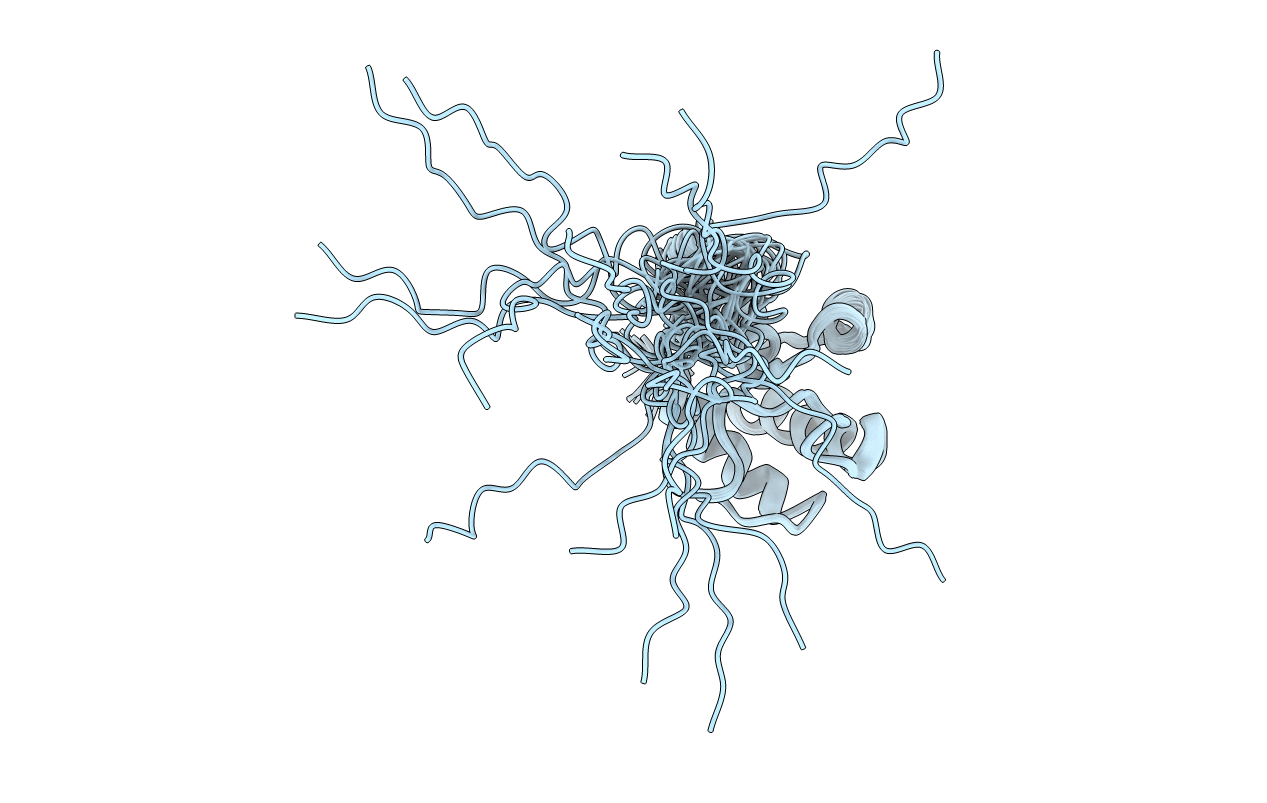
Deposition Date
2001-12-12
Release Date
2002-06-07
Last Version Date
2024-05-01
Entry Detail
PDB ID:
1KLP
Keywords:
Title:
The Solution Structure of Acyl Carrier Protein from Mycobacterium tuberculosis
Biological Source:
Source Organism:
Mycobacterium tuberculosis (Taxon ID: 83332)
Host Organism:
Method Details:
Experimental Method:
Conformers Calculated:
320
Conformers Submitted:
20
Selection Criteria:
target function


